
Nigeria Data Exchange Architecture for the National Data Repository
- LocationNigeria
- Implementation2017-2021
Bringing together consistent and valid data for HIV care
The Health Information Sharing (HIS) infrastructure in Nigeria had improved significantly over the last decade. However, gaps remained and data was distributed across disparate systems supported by multiple partners. This left the data exchange processes between siloed data repositories in use, difficult to support and not standardized. For example there were two disparate EMRs collecting data for HIV patients and that data needed to be brought together to enable real-time assessment and more timely and accurate retention analysis and infection surveillance.
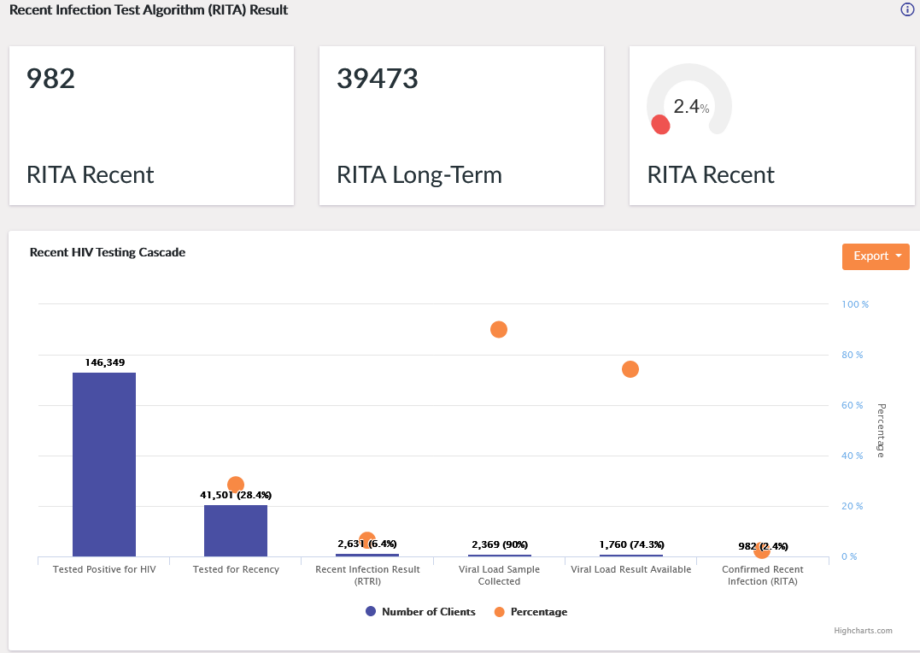
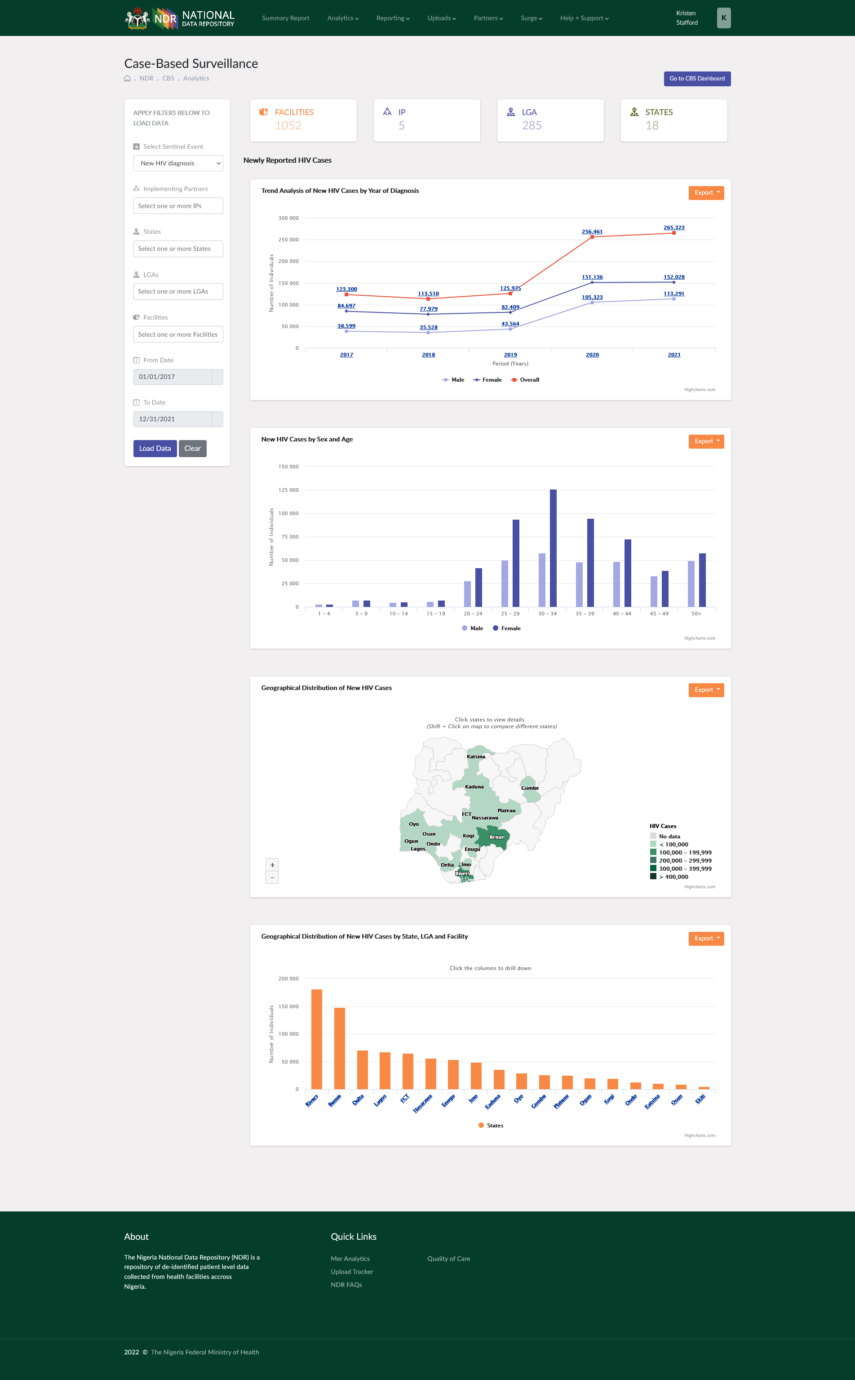
Government, Funding and Development Partners:
The Government of Nigeria (GoN) through the Federal Ministry of Health (FMoH)
PEPFAR including United States Centers for Disease Control (CDC), United States Agency for International Development (USAID) and United States Department of Defense (DoD)
National Agency for the Control of AIDS (NACA)
National AIDS and STDs Control Programme (NASCP)
The University of Maryland Baltimore (UMB) – Implementing partner
Care and Treatment Partners:
Aids Prevention Initiative Nigeria (APIN)
Center for Integrated Health Development (CIHP)
Institute of Human Virology, Nigeria (IHVN)
FHI360
JHPIEGO
Heartland Alliance Nigeria (HAN)
Management Sciences for Health (MSH)
Chemonics
Palladium Group (Data.Fi)
Excellence Community Education Welfare Scheme, Nigeria (ECWES)
Society for Family Health (SFH)
Aids Healthcare Foundation, Nigeria (AHF)
The Impact
-
Bringing together consistent and valid data to allow more accurate real-time use and assessment of patient outcomes through:
-
Collecting Data
Patient Biometric Solutions (PBS) Approval from Government of Nigeria to collect the data
-
1.2M+ Patient Fingerprint Templates Captured
Rollout of 673 CDC sites reporting with 1,266,512 patient records (86% of all patients) had fingerprints captured. Fingerprint template data is stored as Base64 encoded alphanumeric strings.
-
Deduplication
Deduplication or linking of patient data from multiple EMRs
-
EMR-LIMS Development Completed
EMR-LIMS Development completed. Currently in pilot. Scale-up expected in Q1 of 2021
-
1,945 Sites Reporting
EMR-NDR Production – 1,945 sites reporting with 2,116,076 clients ever reported
-
Development
NDR-NHMIS in development
-
In Use Production
NDR-DATIM Production in use for 7 quarters
The Approach
Establishing health data exchange architectures, interfaces, and standards that enable data to be accessed and shared appropriately and securely across the complete spectrum of care, within all applicable settings and with all relevant stakeholders so the data can be used and interpreted cohesively culminating in the development of the Nigeria National Data Repository (NDR). This interoperability continues to deliver the ability of health information systems to work together within and across organizational boundaries in order to advance the effective delivery of healthcare for individuals and communities to allow for effective and quick clinical decisions that improve patient management.
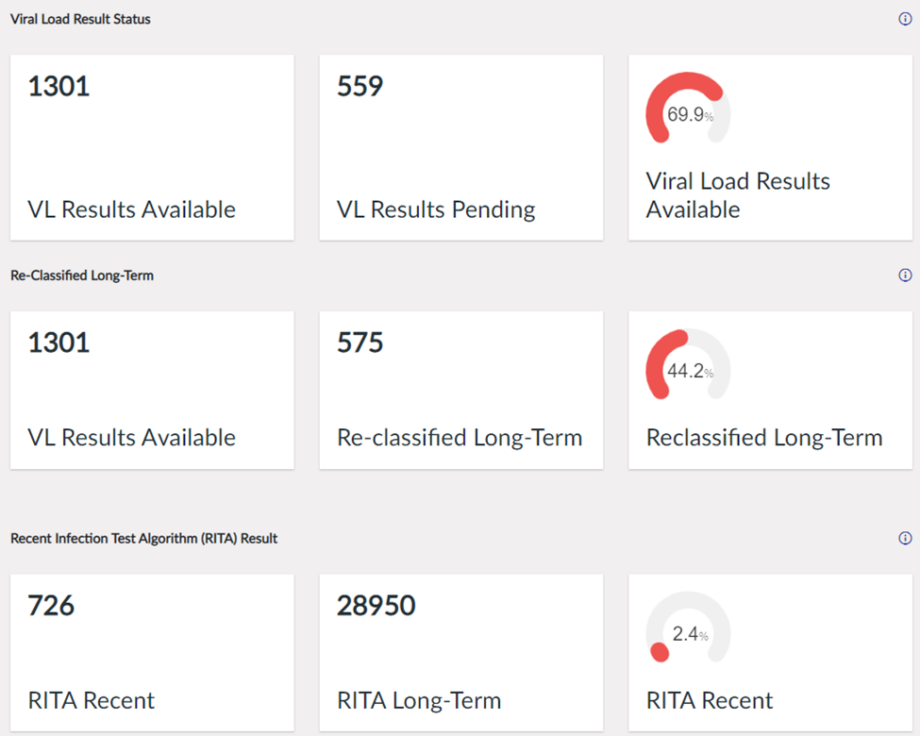
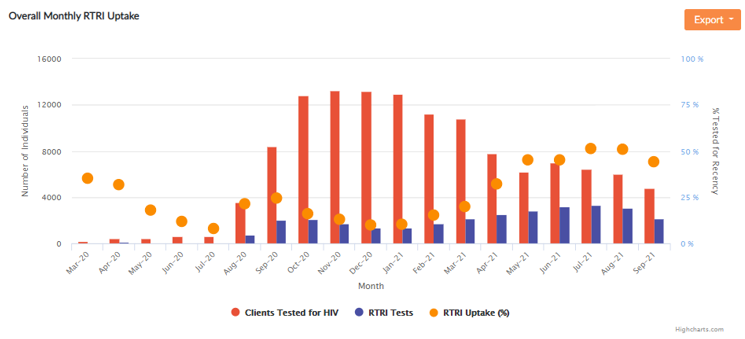
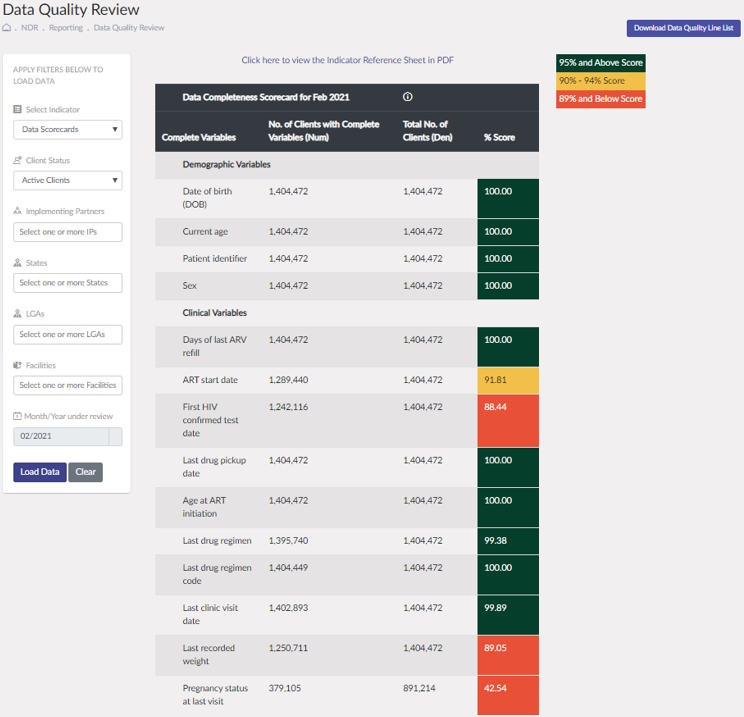
-
OPENHIE CAPABILITIES
- Patient identity management across systems
- Exchange of lab requests and results
- Health worker and patient alerting
- Disease surveillance and reporting
- Health metrics calculation and reporting
-
HEALTH ISSUES ADDRESSED
- Individual Patient Care (Clinical) – Reproductive, maternal, newborn, and child health
- Individual Patient Care (Clinical) – HIV disease management
- Population and Public Health – Infectious disease surveillance, reporting, and management
- Population and Public Health – Cohort identification, management, and tracking
- Healthcare Administration – Health medicine and supplies
-
OPENHIE WORKFLOWS
- Export aggregate data
- Validate and save aggregate data
- workflow update
- Save patient-level clinical data workflow
- Query patient-level clinical data workflow
- Emerging supply chain workflows